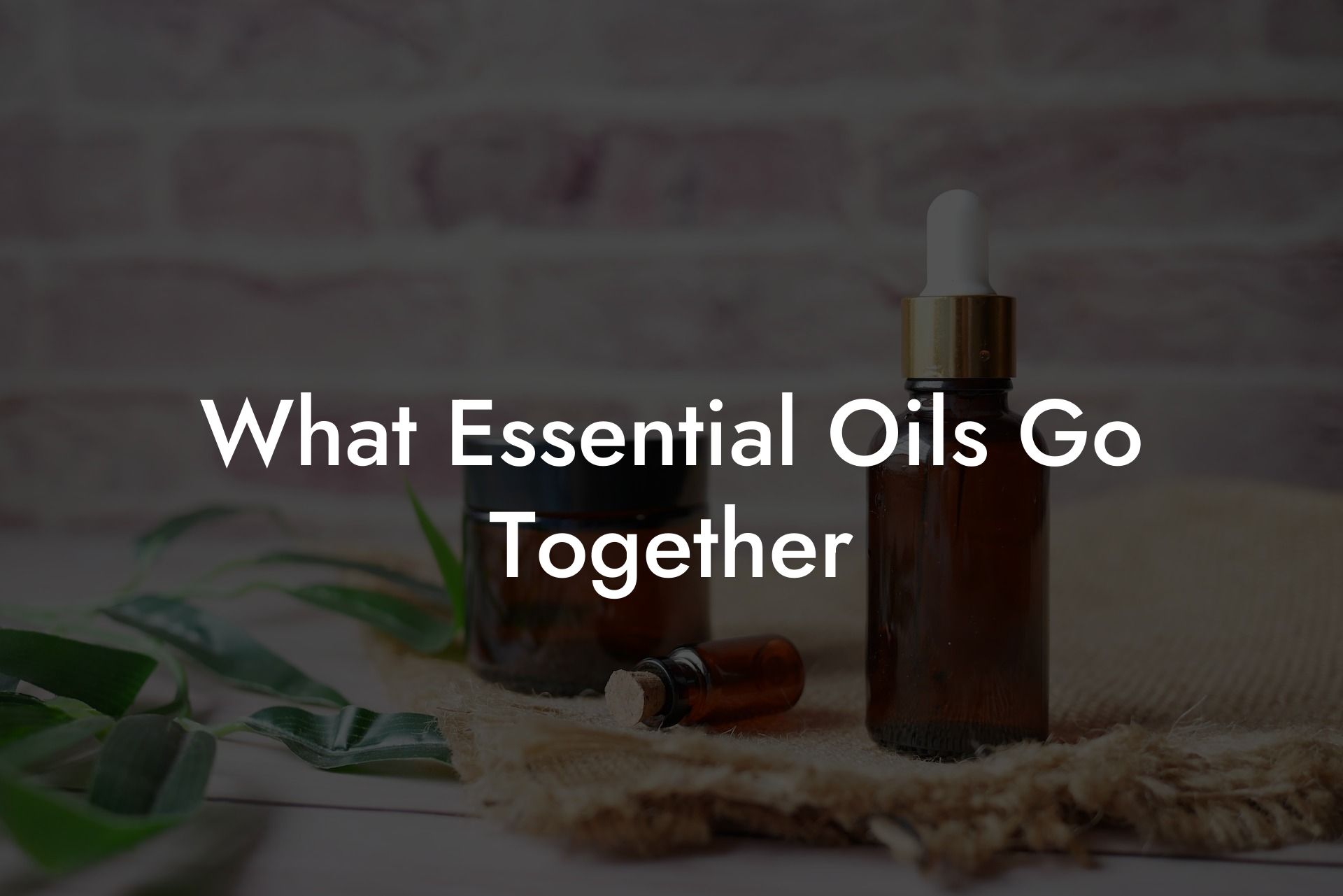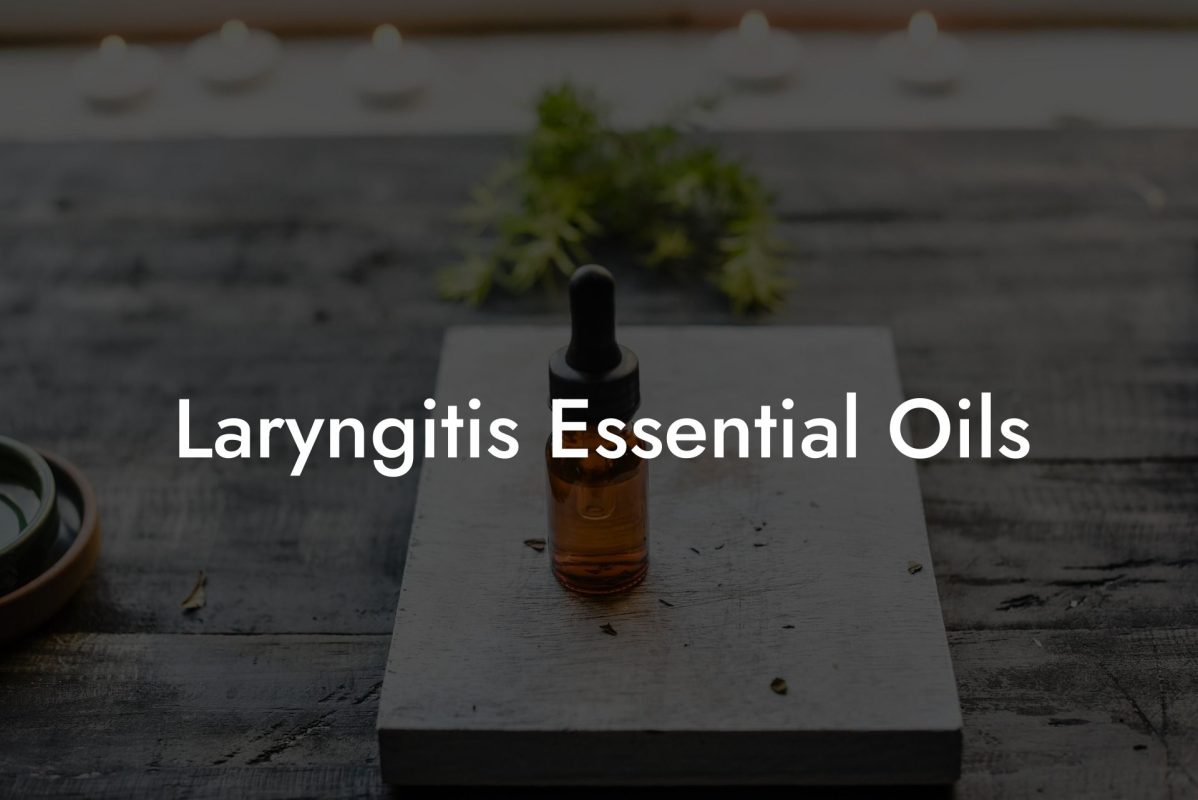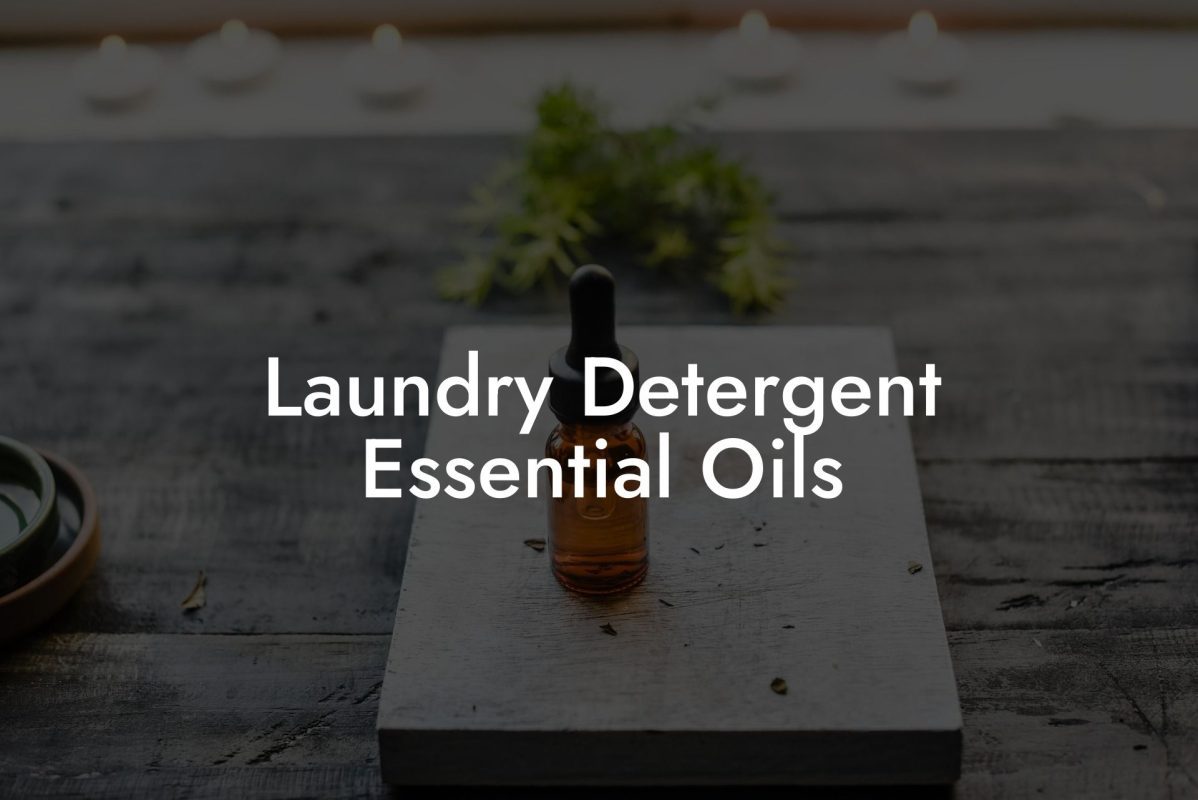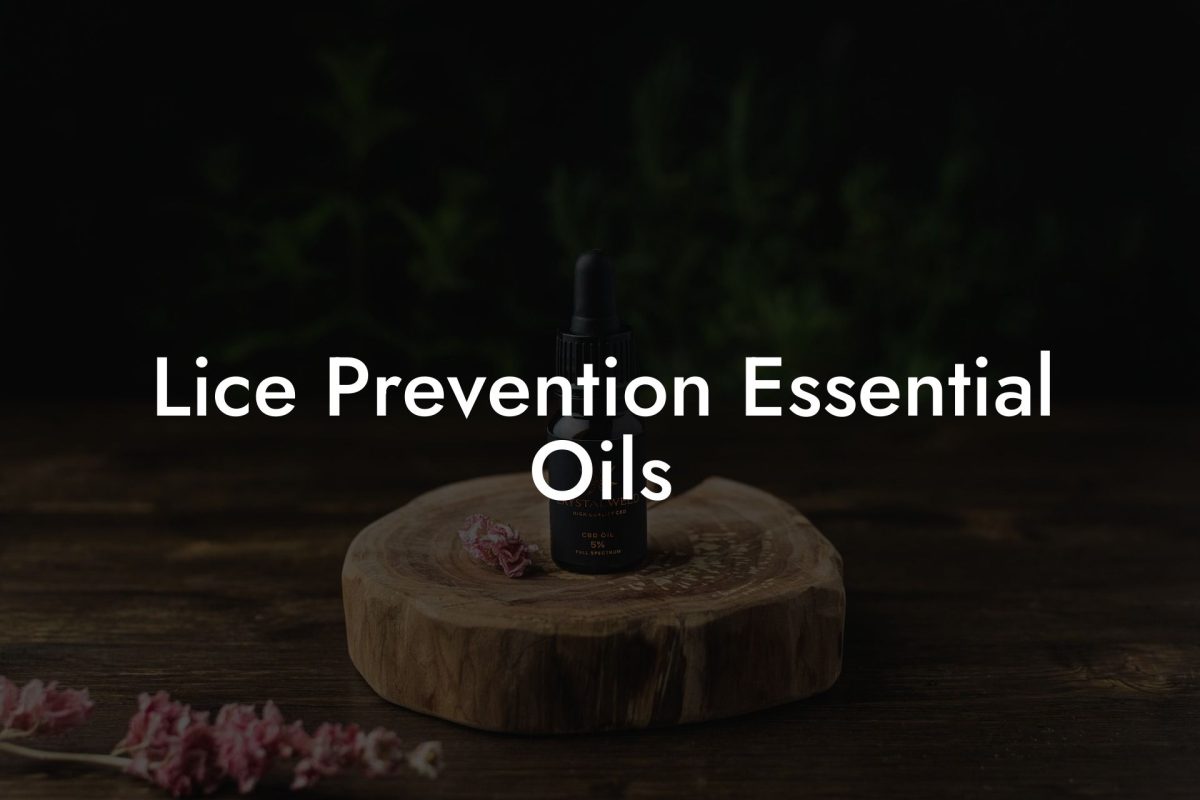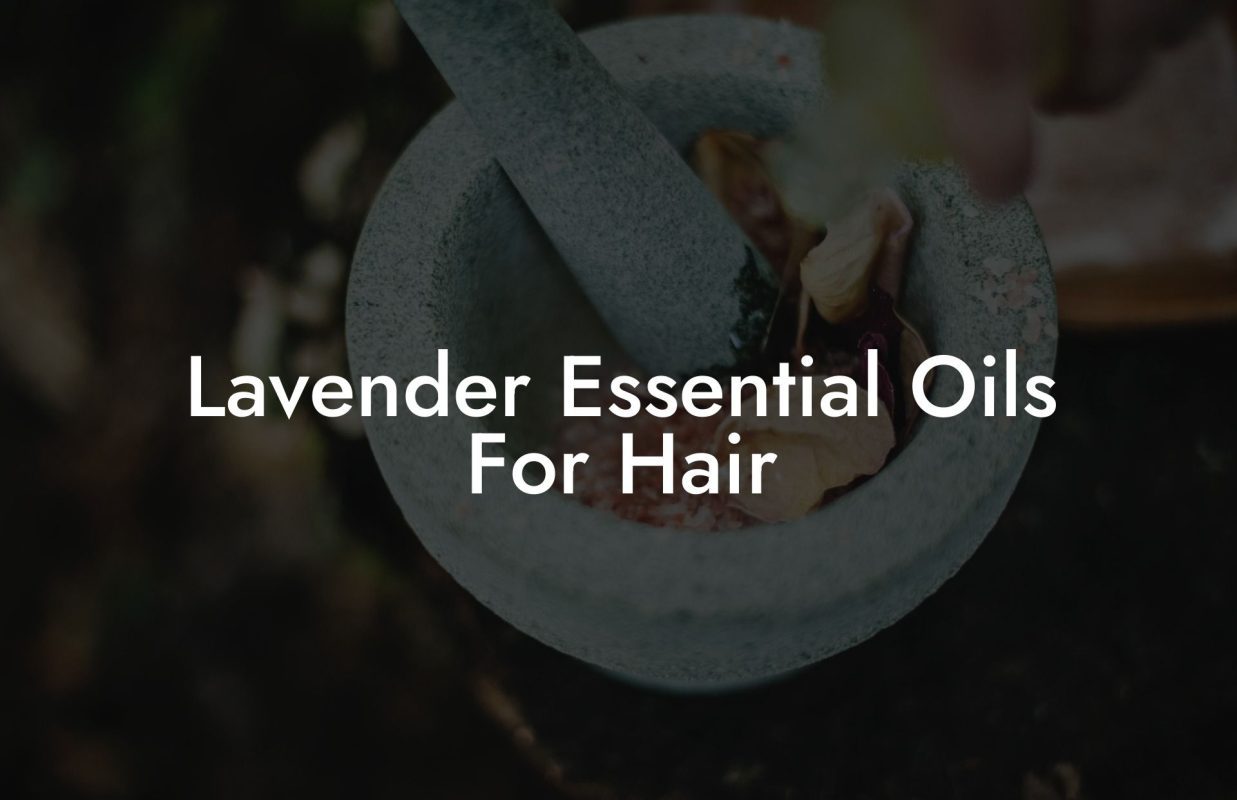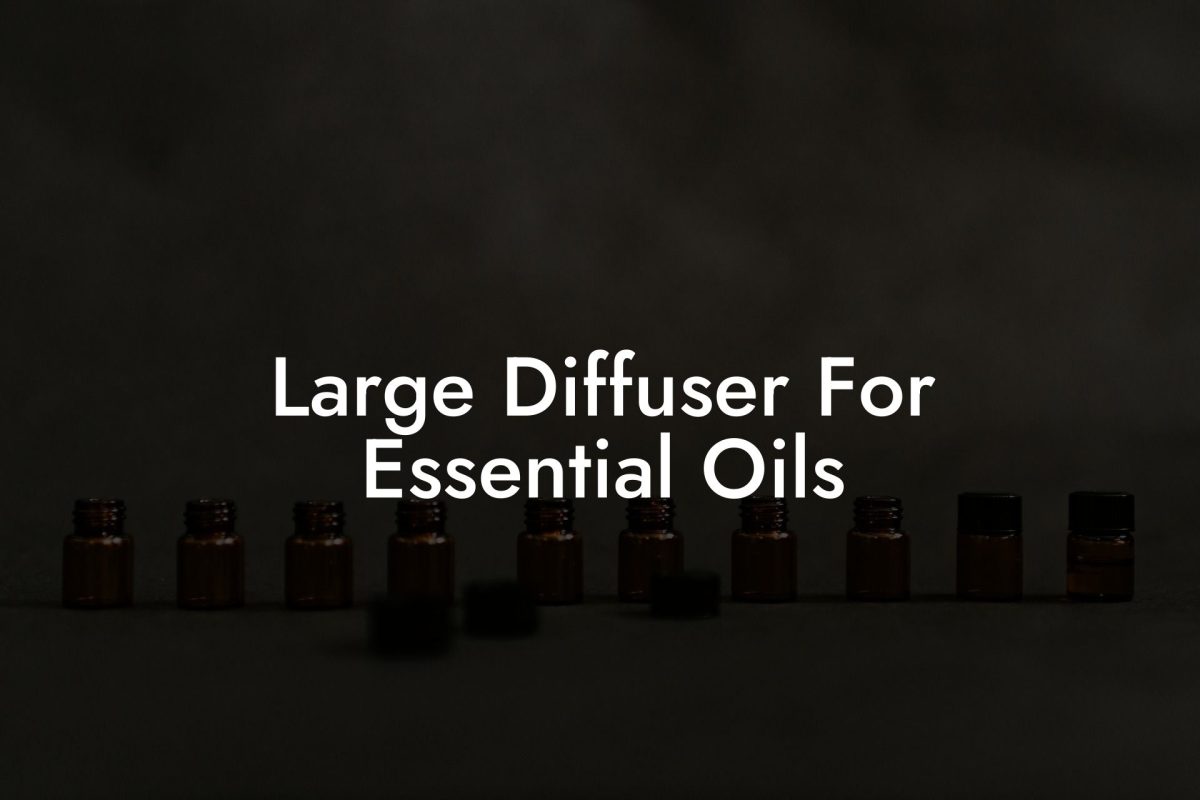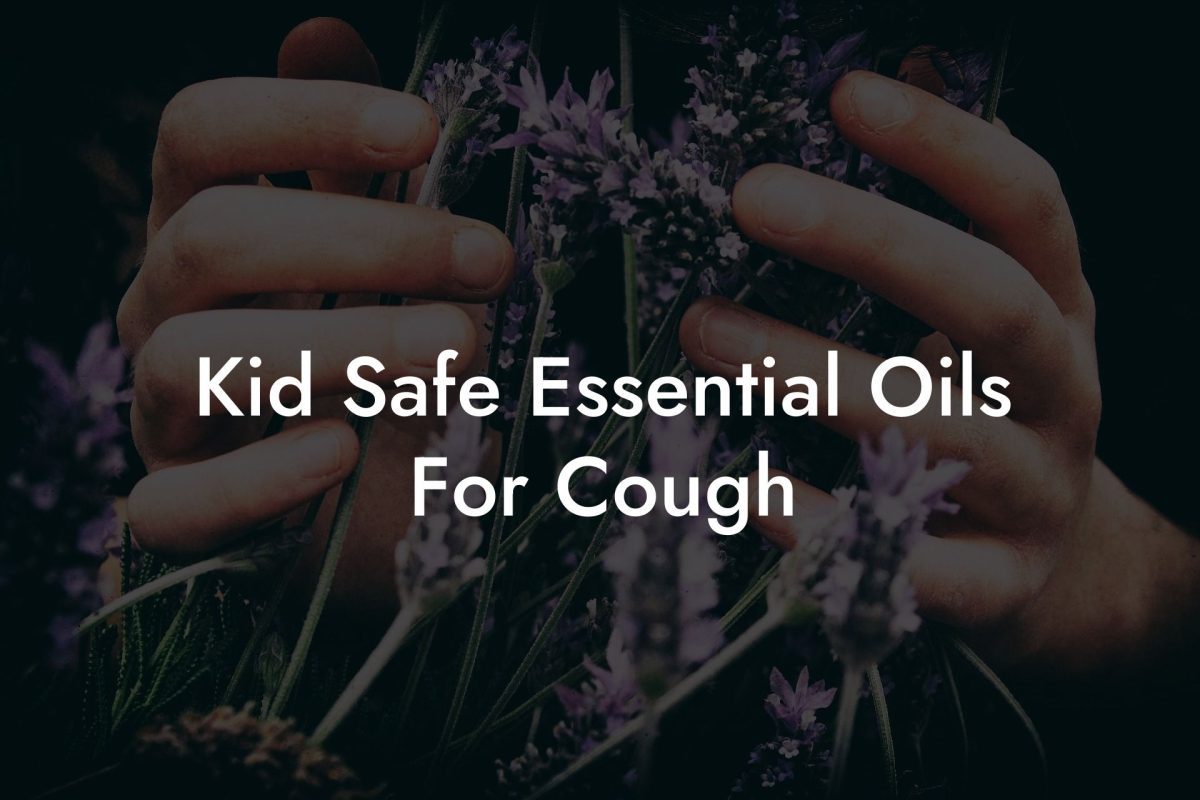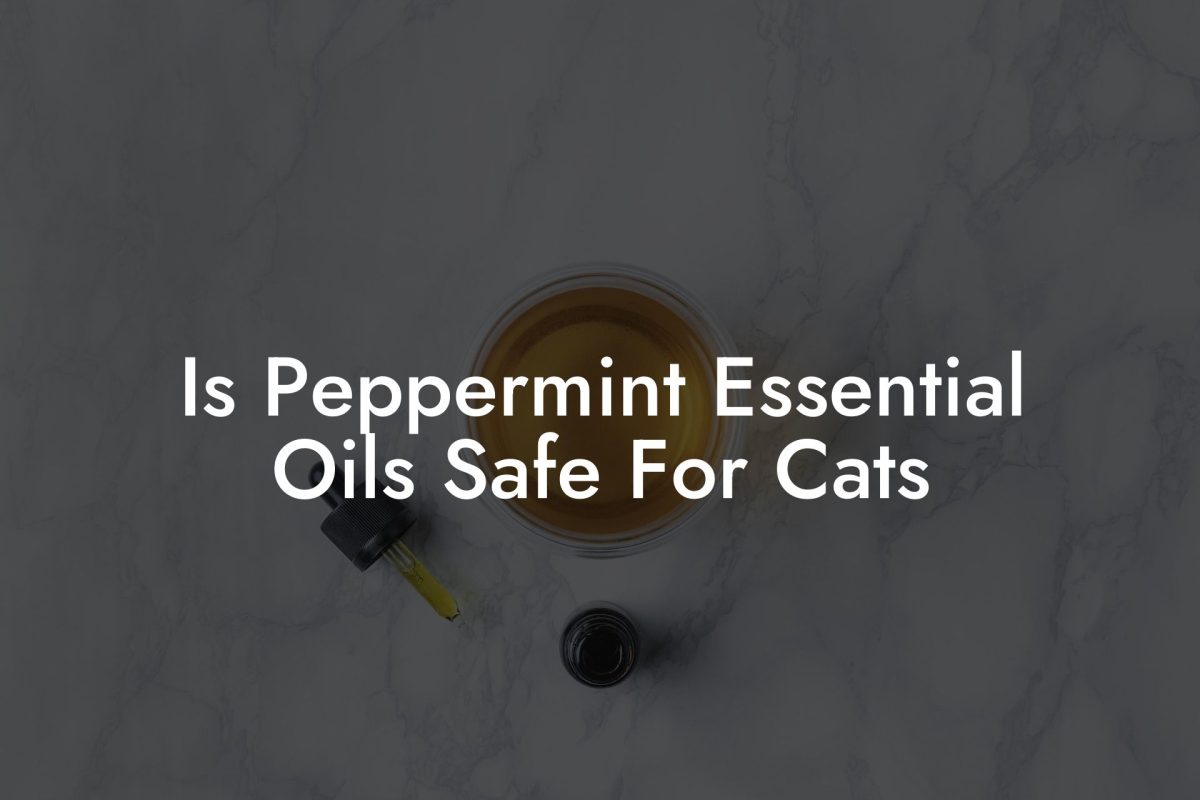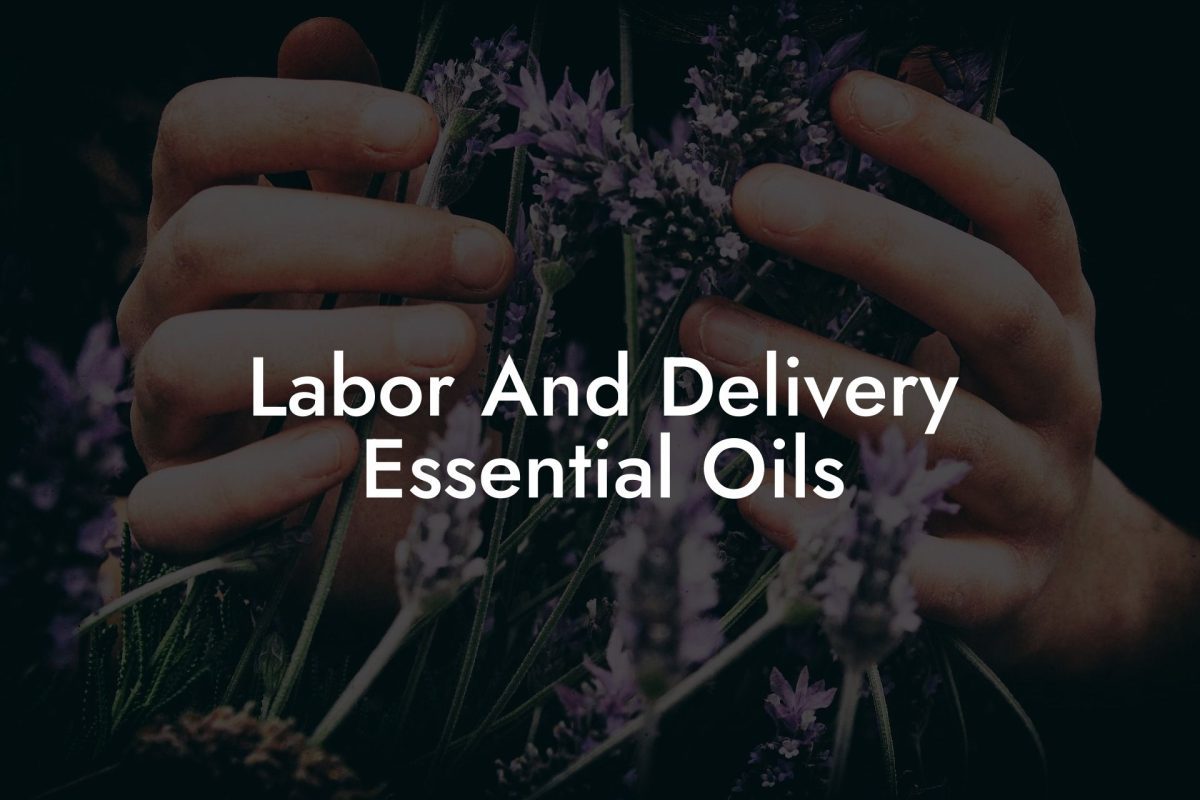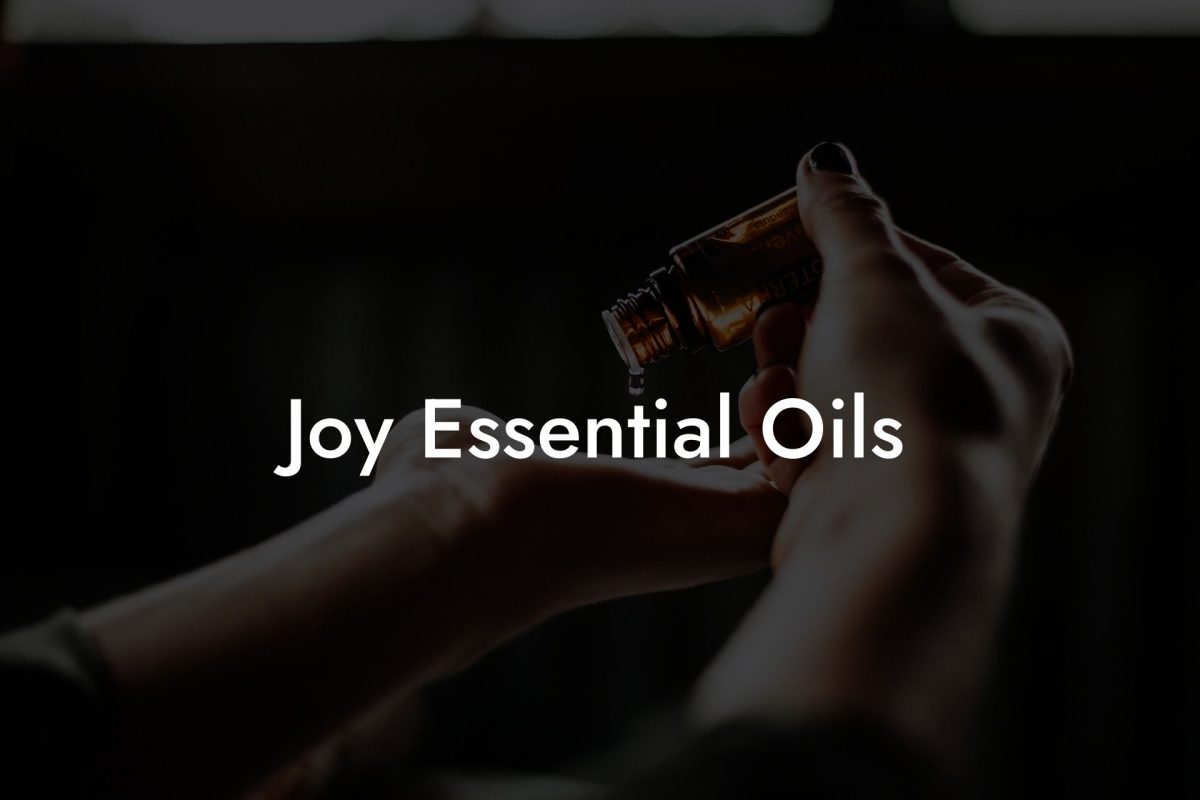Essential oils are not just a fad, but an ancient practice that has proven benefits for our wellbeing. As you delve deeper into the world of aromatherapy, you may wonder which oils complement each other and how to blend them to magnify their effects. In this complete guide, we will explore a variety of essential oil pairings that can enhance your daily life, improve your mood, and promote overall wellness.
Table of Contents
Why Blend Essential Oils
Blending essential oils can serve different purposes, such as:
- Creating a more complex and pleasing aroma
- Amplifying the therapeutic effects of individual oils
- Reducing skin irritation and enhancing absorption
- Customizing an aromatherapy experience based on personal preferences or needs
Essential Oils Blending Basics
When blending essential oils, it’s important to understand some key principles:
Note Categories
Essential oils are categorized into three notes based on their evaporation rates:
- Top Notes: These are the light, refreshing scents that are the first to evaporate, such as citrus oils (e.g., lemon, bergamot).
- Middle Notes: These are the core of the blend, often floral or spicy oils that evaporate slowly and provide balance (e.g., lavender, geranium).
- Base Notes: These are heavy, viscous oils with long-lasting, grounding scents that anchor the blend (e.g., cedarwood, vetiver).
A good blend usually contains oils from each category to create a harmonious scent profile.
Blending Ratios
When combining oils, a general guideline is to use:
- 30% top notes
- 50% middle notes
- 20% base notes
However, these ratios can be adjusted based on personal preference and desired outcomes.
Popular Essential Oil Pairings
Below are some popular essential oil combinations that can be used for various purposes:
Relaxation and Sleep
- Lavender + Bergamot
- Chamomile + Sandalwood
- Cedarwood + Orange
Energy and Alertness
- Peppermint + Rosemary
- Lemon + Basil
- Eucalyptus + Grapefruit
Stress and Anxiety Relief
- Frankincense + Ylang Ylang
- Jasmine + Geranium
- Roman Chamomile + Clary Sage
Immune Support
- Tea Tree + Lemon
- Eucalyptus + Clove
- Thyme + Oregano
What Essential Oils Go Together Example:
Here is a simple recipe to create a calming blend that can promote relaxation and sleep:
- Gather the following essential oils: Lavender (3 drops), Bergamot (3 drops), and Cedarwood (2 drops).
- Combine the oils in a dark glass container.
- Shake gently to blend the oils together.
- Use the blend in a diffuser or mix with a carrier oil for a soothing massage.
Now that you’ve learned about essential oil pairings and their benefits, you are well on your way to creating a personalized aromatherapy experience. Remember, blending essential oils is as much an art as it is a science, so don’t be afraid to experiment and discover your unique preferences. If you’ve enjoyed this guide, please share it with friends and family and explore other resources on Oshu Oils. Additionally, discover our range of artisan essential earth oils to elevate your blending game to the next level.

